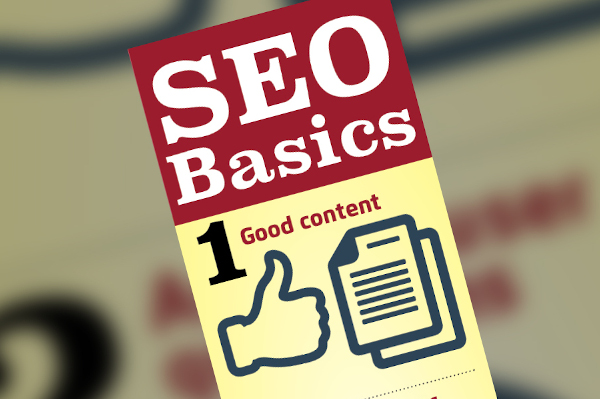Category: Content
-

The Great Debate: Website Best Practice for Online Degrees
-

Is Your Website a Destination—Or a Disappointment?
-

How Institutions Can Succeed in Rapid Crisis Response
-

In 2020, Agency Success = Agency Collaboration
-

You CAN Do a Content Audit in House – Here’s How!
-

5 Ways Instagram Stories Help Marketers Connect with Audiences
-

The Case For Unified Data: Everything in One Place
-

Marketers, It’s Time to Start Experimenting with Artificial Intelligence Tools
-

Do Keywords Still Matter? Start Writing for Intent
-

How Smaller Teams Can Win at Higher Ed Social Media Engagement